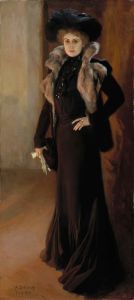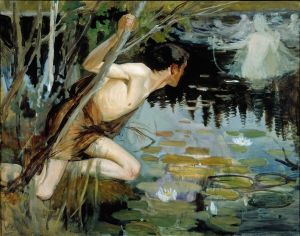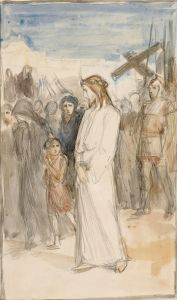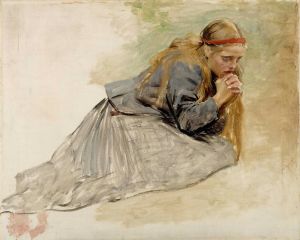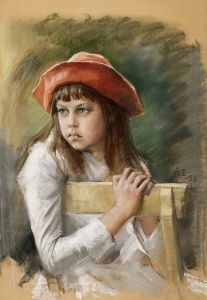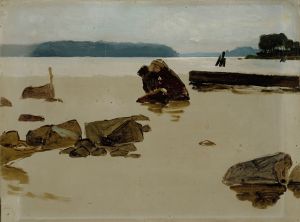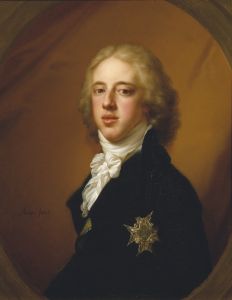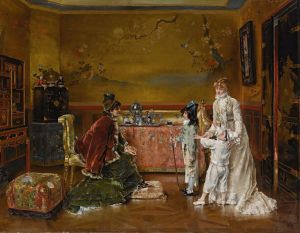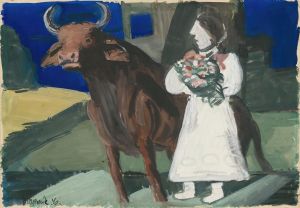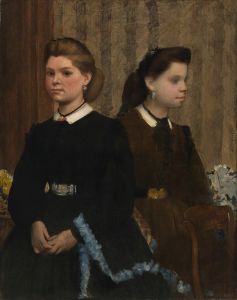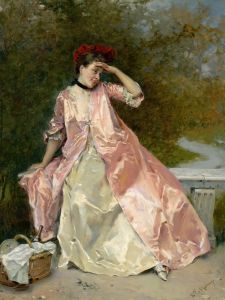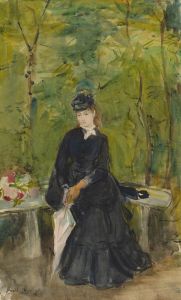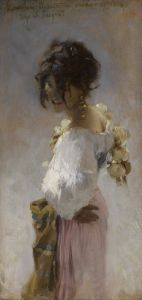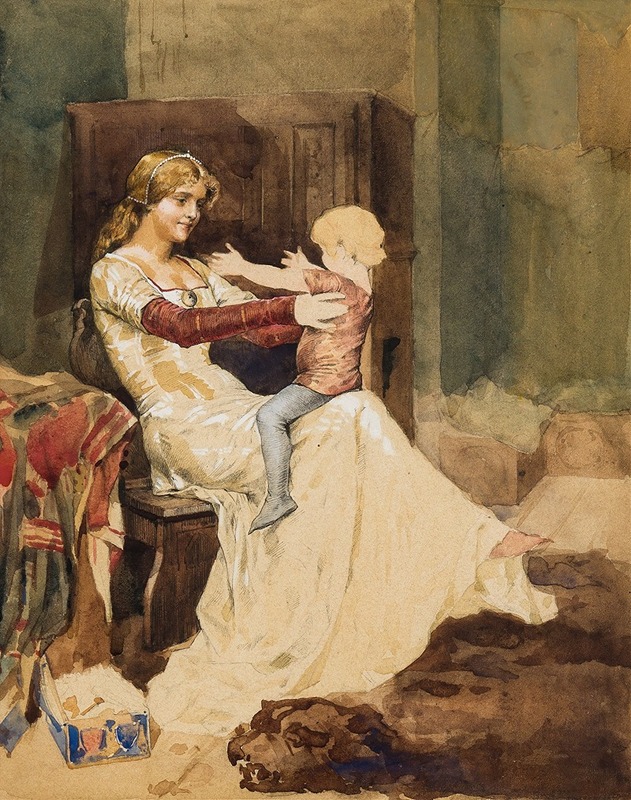
Queen Blanka. Study
A hand-painted replica of Albert Edelfelt’s masterpiece Queen Blanka. Study, meticulously crafted by professional artists to capture the true essence of the original. Each piece is created with museum-quality canvas and rare mineral pigments, carefully painted by experienced artists with delicate brushstrokes and rich, layered colors to perfectly recreate the texture of the original artwork. Unlike machine-printed reproductions, this hand-painted version brings the painting to life, infused with the artist’s emotions and skill in every stroke. Whether for personal collection or home decoration, it instantly elevates the artistic atmosphere of any space.
"Queen Blanka. Study" is a painting created by Finnish artist Albert Edelfelt (1854–1905), one of the most prominent painters of the late 19th century. This artwork is a preparatory study for a larger historical painting titled "Queen Blanka," which Edelfelt completed in 1877. The study, like the final painting, depicts Queen Blanche of Namur (Blanka), the consort of King Magnus Eriksson of Sweden and Norway, who reigned during the 14th century.
Albert Edelfelt was known for his historical and portrait paintings, and "Queen Blanka" is one of his notable works in the historical genre. The study showcases Edelfelt's meticulous attention to detail and his ability to capture the elegance and poise of his subjects. It portrays Queen Blanche in a serene and contemplative pose, dressed in medieval attire that reflects the fashion of her time. The work demonstrates Edelfelt's skill in rendering textures, such as the folds of fabric and the intricate details of the queen's clothing.
The painting was inspired by a popular Swedish children's song, "Rida, rida ranka," which mentions Queen Blanche and her son, Haakon VI of Norway. This cultural connection highlights the enduring legacy of Queen Blanche in Scandinavian history and folklore. Edelfelt's depiction of the queen aimed to evoke a sense of nostalgia and romanticism associated with the medieval period.
The study was likely created as part of Edelfelt's preparation for the final composition, allowing him to experiment with the pose, lighting, and overall mood of the piece. While the study itself is not as widely known as the finished painting, it provides valuable insight into Edelfelt's artistic process and his approach to historical subjects.
Albert Edelfelt's works, including "Queen Blanka," contributed significantly to the development of Finnish art and its recognition on the international stage. He was one of the first Finnish artists to gain widespread acclaim outside his home country, and his paintings often combined historical themes with a strong sense of realism and emotional depth.
"Queen Blanka. Study" is housed in a private collection or museum, though specific details about its current location are not widely documented. The painting remains an important example of Edelfelt's early career and his dedication to historical accuracy and artistic excellence.





